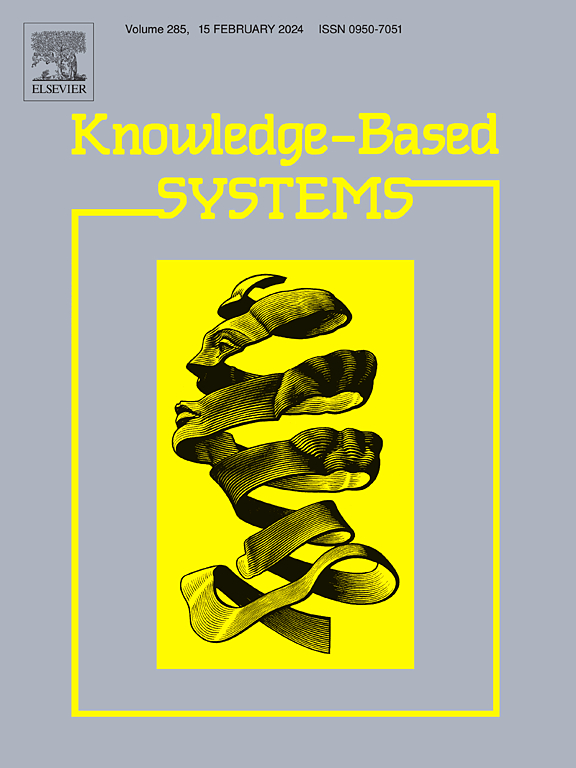FBFU-Net:用于建筑物周围流场预测的Flow Branches Fusion U-Net
IF 7.6
1区 计算机科学
Q1 COMPUTER SCIENCE, ARTIFICIAL INTELLIGENCE
引用次数: 0
摘要
城市风的影响,包括风引起的破坏,可以造成严重的环境破坏,特别是在有高层建筑的地区。计算流体动力学(CFD)模拟为评估这些影响提供了一种可行的方法,尽管它们在准确性和计算效率方面面临挑战。机器学习的最新进展为增强这些模拟提供了机会。我们提出了一种新的基于机器学习的方法,Flow Branches Fusion U-Net (FBFU-Net),它建立在使用卷积神经网络(cnn)的U-Net架构之上。该网络通过利用不同的处理分支来增强预测:一个专门处理速度数据,另一个专门处理压力数据。多模态传输模块(MMTM)融合了两个分支的信息,进一步提高了FBFU-Net的性能。实验结果证明了该方法作为基于cfd的风分析的有效人工智能驱动工具的潜力。本文章由计算机程序翻译,如有差异,请以英文原文为准。
FBFU-Net: Flow Branches Fusion U-Net for predicting flow fields around buildings
Urban wind effects, including wind-induced damage, can cause significant environmental disruptions, particularly in areas with high-rise buildings. Computational Fluid Dynamics (CFD) simulations offer a viable approach for assessing these impacts, though they face challenges in accuracy and computational efficiency. Recent advancements in machine learning provide opportunities to enhance these simulations. We propose a novel ML-based method, the Flow Branches Fusion U-Net (FBFU-Net), which builds upon the U-Net architecture utilizing Convolutional Neural Networks (CNNs). The network enhances predictions by leveraging distinct processing branches: one dedicated to velocity data and the other to pressure data. The integration of the Multimodal Transfer Module (MMTM), which fuses information from both branches, further improves the performance of FBFU-Net. The experimental results demonstrate the potential of the proposed method as an effective AI-driven tool for CFD-based wind analysis.
求助全文
通过发布文献求助,成功后即可免费获取论文全文。
去求助
来源期刊

Knowledge-Based Systems
工程技术-计算机:人工智能
CiteScore
14.80
自引率
12.50%
发文量
1245
审稿时长
7.8 months
期刊介绍:
Knowledge-Based Systems, an international and interdisciplinary journal in artificial intelligence, publishes original, innovative, and creative research results in the field. It focuses on knowledge-based and other artificial intelligence techniques-based systems. The journal aims to support human prediction and decision-making through data science and computation techniques, provide a balanced coverage of theory and practical study, and encourage the development and implementation of knowledge-based intelligence models, methods, systems, and software tools. Applications in business, government, education, engineering, and healthcare are emphasized.
 求助内容:
求助内容: 应助结果提醒方式:
应助结果提醒方式:


